Large-diameter thick-walled straight seam steel pipes are becoming more and more important in the steel pipe application industry. The main application industries of large-diameter thick-walled straight seam steel pipes are water conservancy projects, steel structures, power industry, chemical industry, urban planning construction, irrigation, long-distance oil and gas pipelines, bridge piling, and submarine oil pipelines. Today we will discuss the production process of this steel pipe.
LSAW (Longitudinal Submerged Arc Welding) steel pipes are produced by bending and welding wide steel plates (usually heavy-gauge) into a cylindrical shape. The welding is done along the longitudinal axis using submerged arc welding (SAW) technology, ensuring deep penetration and strong seam quality.Unlike
ERW pipe or spiral welded (SSAW) pipes, LSAW pipes are suitable for large-diameter, thick-wall applications where mechanical strength and pressure resistance are paramount.
Production process of large-diameter LSAW steel pipes
The production process of large-diameter thick-walled straight seam steel pipes is automatic submerged arc welding, and the process procedures are 1 pre-bending, 2 pre-welding, 3 internal and external welding, 4 rounding straightening, and 5 port processing.
1 Straight seam steel pipe and steel plate flaw detection: Before the steel plate for manufacturing large-diameter thick-walled straight seam welded steel pipe is put into production, the first step is to conduct a preliminary ultrasonic inspection of the steel pipe plate;
2 Steel plate milling: The milling machine independently developed and researched by Longma straight seam steel pipe mills the steel plate to form a V-shaped groove;
3 JCOE forming: The JCO forming machine imported from Germany stamps the steel plate multiple times to form a "J" shape, and then uses the same process to make the other end of the steel plate into a "C" shape, and finally forms an open "O" shape
4 Open pre-welding: The straight seam steel pipe blank with a formed opening is pre-welded, and a pad-type shallow welding is used here.
5 a. Internal welding after pre-welding: Lincoln double-sided automatic submerged arc welding machine performs submerged arc automatic welding on the inner weld of straight seam steel pipe;
b. External welding: Lincoln double-sided automatic submerged arc welding machine performs submerged arc automatic welding on the outer weld of straight seam steel pipe;
6. Cold expansion (reduction): The straight seam steel pipe is precisely expanded to improve the precision size of the straight seam steel pipe and reduce the internal stress of the steel pipe
7. Non-destructive control of industrial TV assembly line operation of straight seam steel pipe Ⅰ: 100% strict inspection of the inner and outer welds of the straight seam welded steel pipe and the adjacent parent material, working speed: 2.5 meters/minute.
8. Product water pressure test: The steel pipes are tested one by one on the water pressure test machine to ensure the test pressure.
9. Port processing: Qualified straight seam steel pipes are processed to meet the required form of the pipe end.
10. Steel pipe anti-corrosion: The straight seam steel pipe is coated with anti-corrosion coating and related work according to the contract process
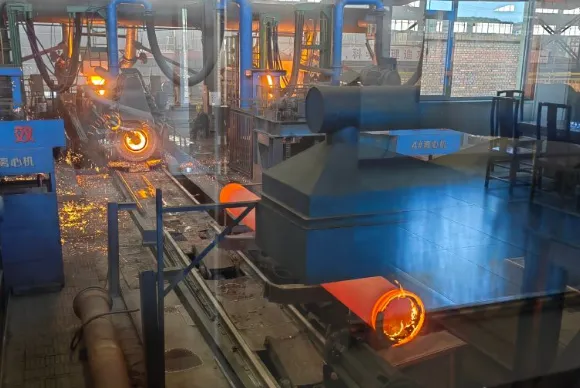
Standards and Specifications of LSAW Steel Pipe
LSAW pipes are produced in compliance with various international standards, including:
API 5L (PSL1 and PSL2) for pipeline transportation systems
ISO 3183 for petroleum and natural gas industries
EN 10219/EN 10210 for structural hollow sections
GB/T 9711 for steel pipes used in oil and gas
These standards define the chemical composition, mechanical properties, test requirements, and marking regulations for steel pipe manufacturers.






 English
English Español
Español بالعربية
بالعربية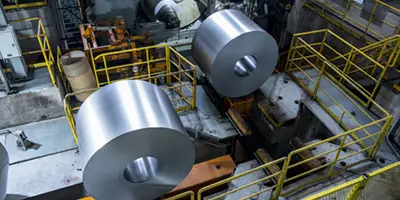

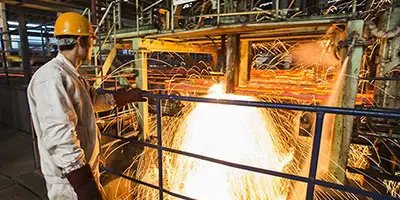
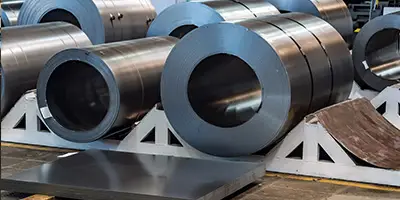

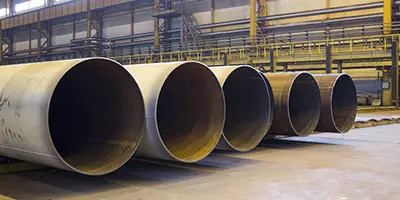
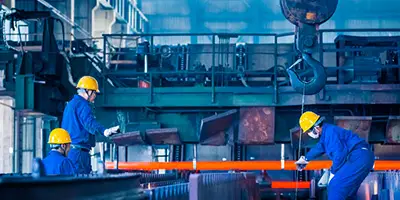
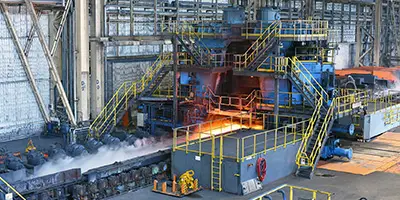
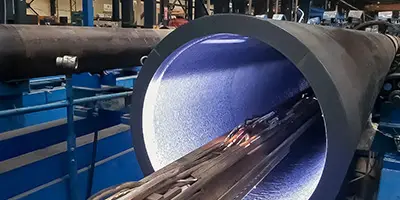
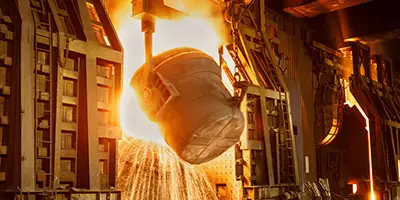
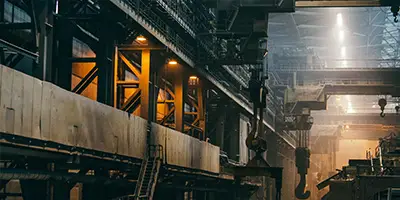

 Phone :
Phone :  Whatsapp :
Whatsapp :  Email :
Email : 


